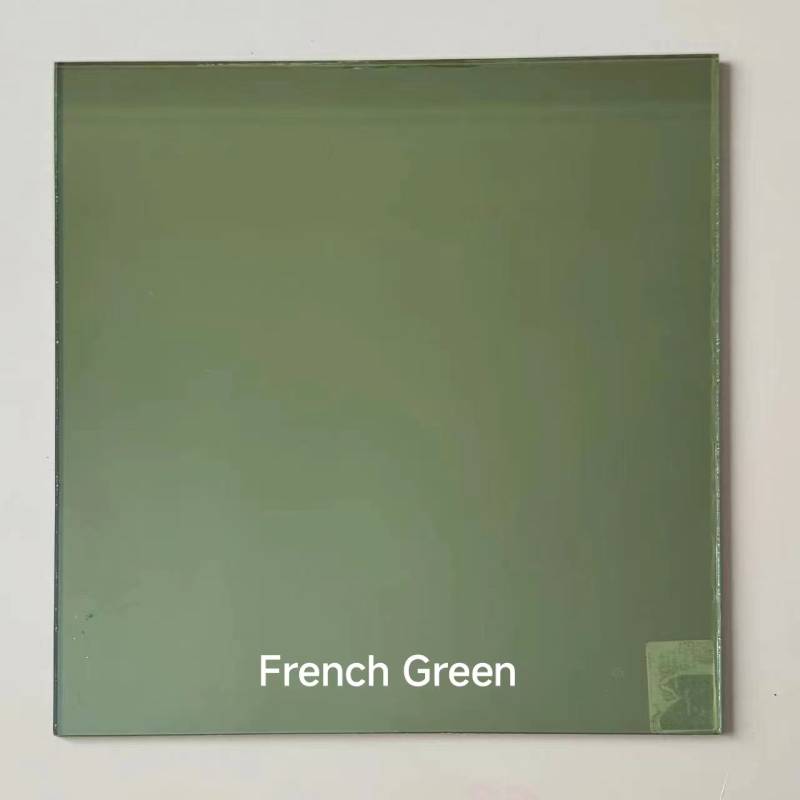

Understanding Low-E Replacement Glass A Guide to Energy Efficiency
Low-emissivity (Low-E) glass has gained significant attention over the past few years, especially among homeowners and businesses aiming to improve energy efficiency. As energy costs continue to rise, finding effective ways to minimize energy consumption without compromising comfort has become a priority for many. Low-E replacement glass presents an effective solution, offering numerous benefits, including better thermal insulation, reduced energy bills, and increased comfort.
What is Low-E Glass?
Low-E glass is a type of energy-efficient glass designed to reflect radiant heat while allowing natural light to pass through. It is treated with a microscopically thin coating that minimizes the amount of ultraviolet (UV) and infrared radiation that can enter through the glass. By reducing these types of radiation, Low-E glass helps to maintain stable indoor temperatures, thus enhancing the overall energy efficiency of a building.
Benefits of Low-E Replacement Glass
1. Energy Efficiency The primary advantage of Low-E glass is its ability to reduce heat loss in the winter and limit heat gain in the summer. This dual-action characteristic helps maintain a comfortable indoor climate throughout the year. As a result, homeowners can experience significantly lower heating and cooling costs.
2. UV Protection Low-E glass blocks up to 99% of harmful UV rays, which can cause fading of furnishings, artwork, and flooring. By installing Low-E replacement glass, you can protect your interior spaces from sun damage, prolonging the life and vibrancy of your decor.
3. Condensation Control Condensation can lead to mold growth and structural damage. Low-E glass minimizes the likelihood of condensation forming on window surfaces by keeping the interior glass warmer in winter. This not only enhances comfort but also helps maintain a healthier indoor environment.

4. Noise Reduction The additional layers often used in Low-E glass windows can help provide soundproofing benefits. This can be particularly advantageous for homes located near noisy streets or in busy urban areas, offering a more tranquil indoor experience.
5. Environmental Impact By reducing the energy required for heating and cooling, Low-E glass contributes to lower carbon emissions. This not only benefits your pocketbook but also positively impacts the environment, making it a sustainable choice for eco-conscious consumers.
Choosing Low-E Replacement Glass
When considering Low-E replacement glass for your home, it's essential to understand the different options available. The coating type, the window frame materials, and the overall design can significantly influence the effectiveness of Low-E glass. It’s advisable to consult with a professional who can assess your specific needs and help select the best Low-E glass option for your situation.
Installation Considerations
Installing Low-E replacement glass may involve replacing the entire window unit or just the glass, depending on the current window structure. Professional installation is recommended to ensure that the new glass is fitted correctly, maximizing its benefits. Careful installation also prevents air leaks that can reduce the overall energy efficiency of your windows.
Conclusion
In summary, Low-E replacement glass is an excellent investment for homeowners looking to enhance energy efficiency while maintaining comfort and style. With its ability to control heat transfer, protect against UV damage, and reduce noise, Low-E glass is a practical solution in today’s energy-conscious world. Whether considering a minor upgrade or a complete window replacement, Low-E glass offers essential benefits that can lead to long-term savings and sustainability. Embracing this technology not only enhances your home’s aesthetics but plays a vital role in promoting a greener future.